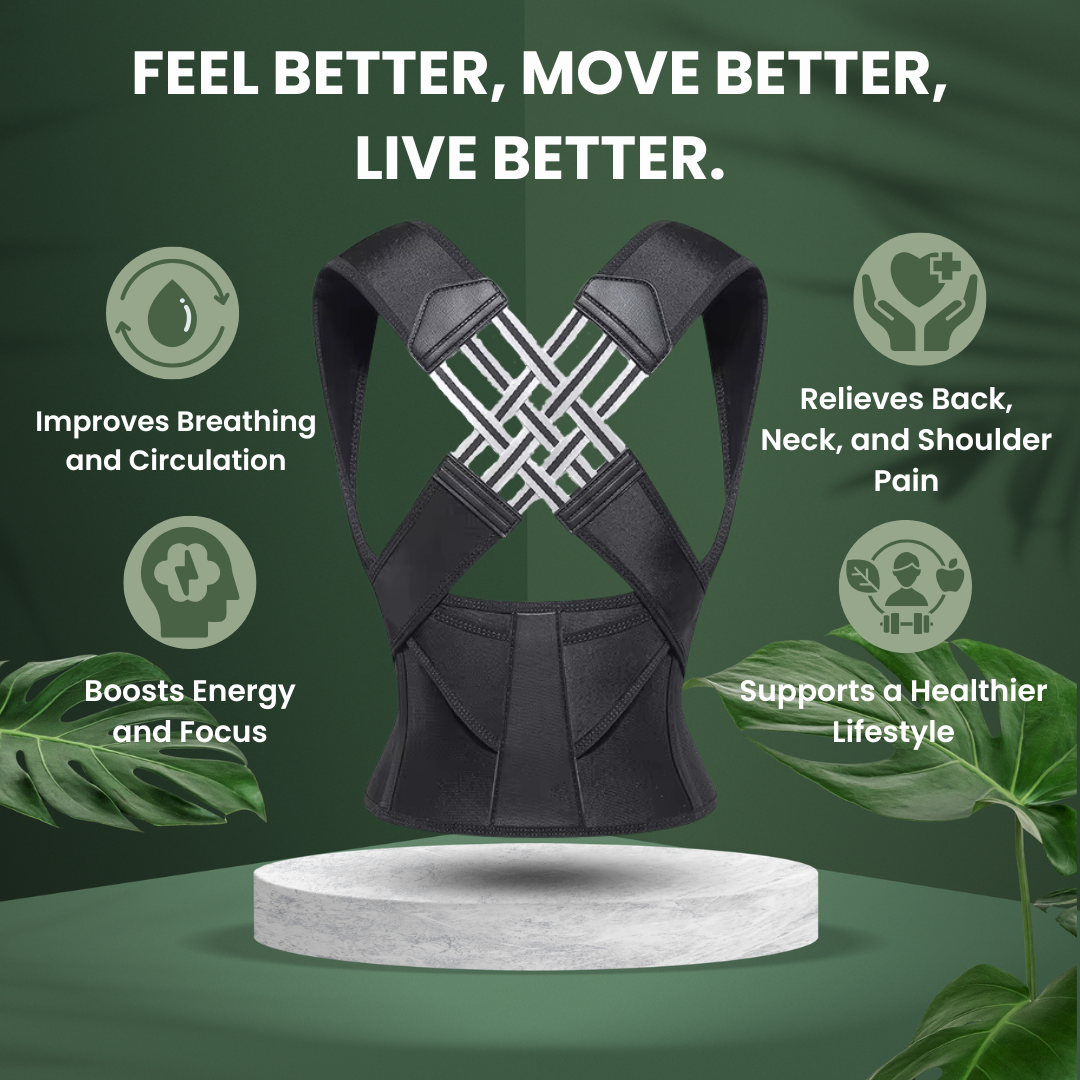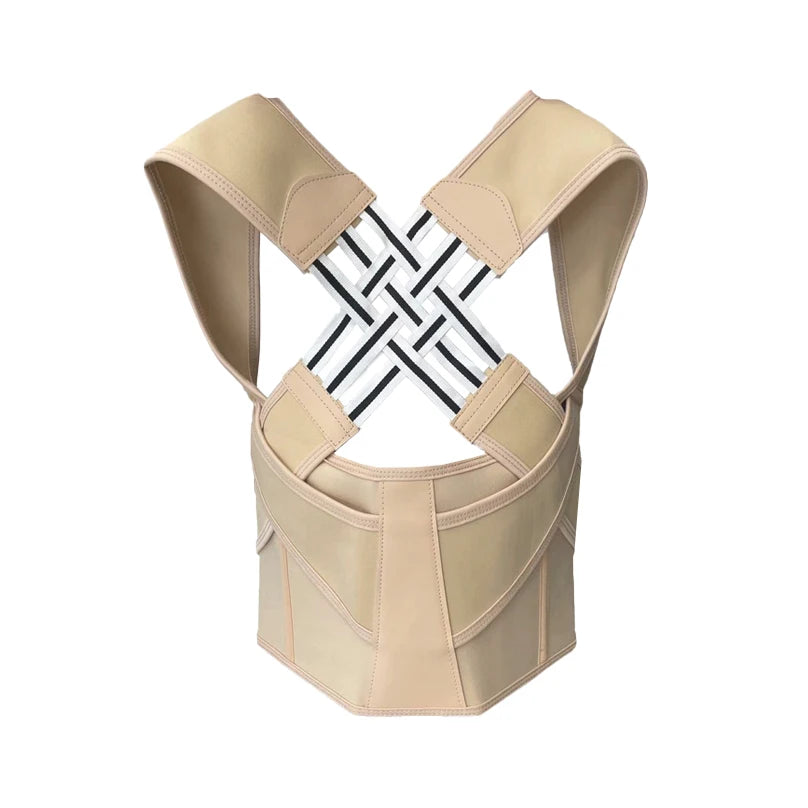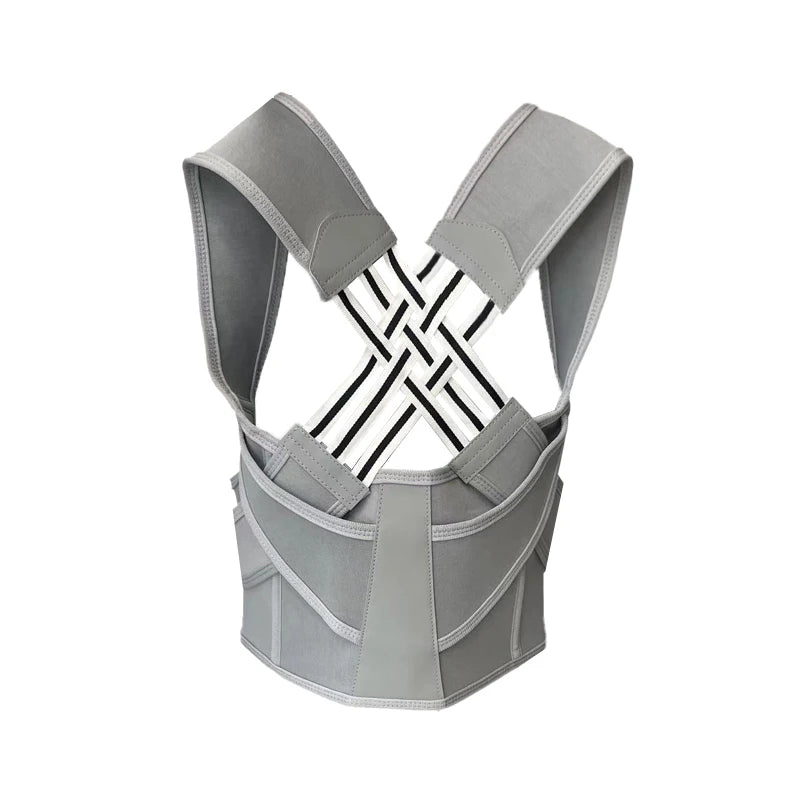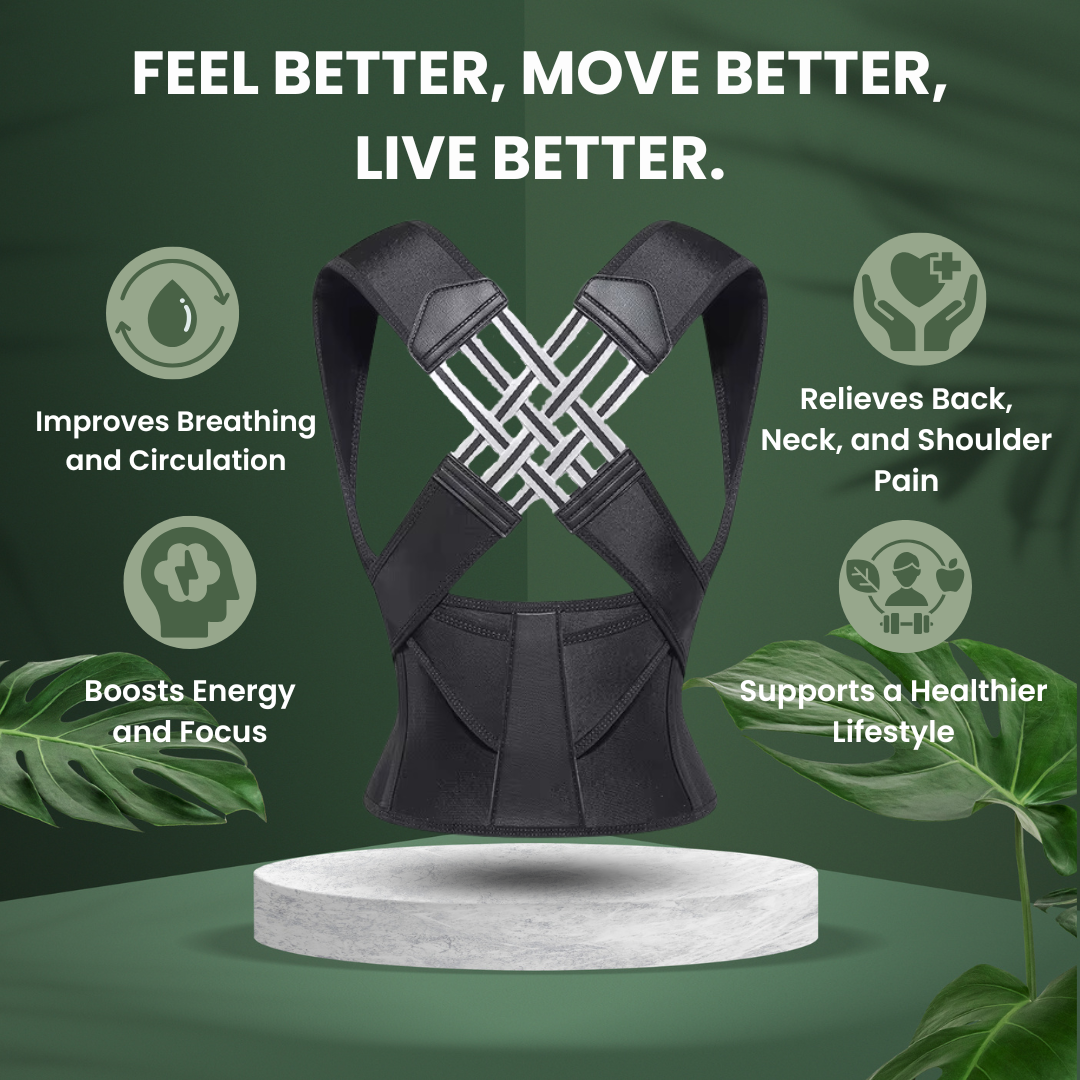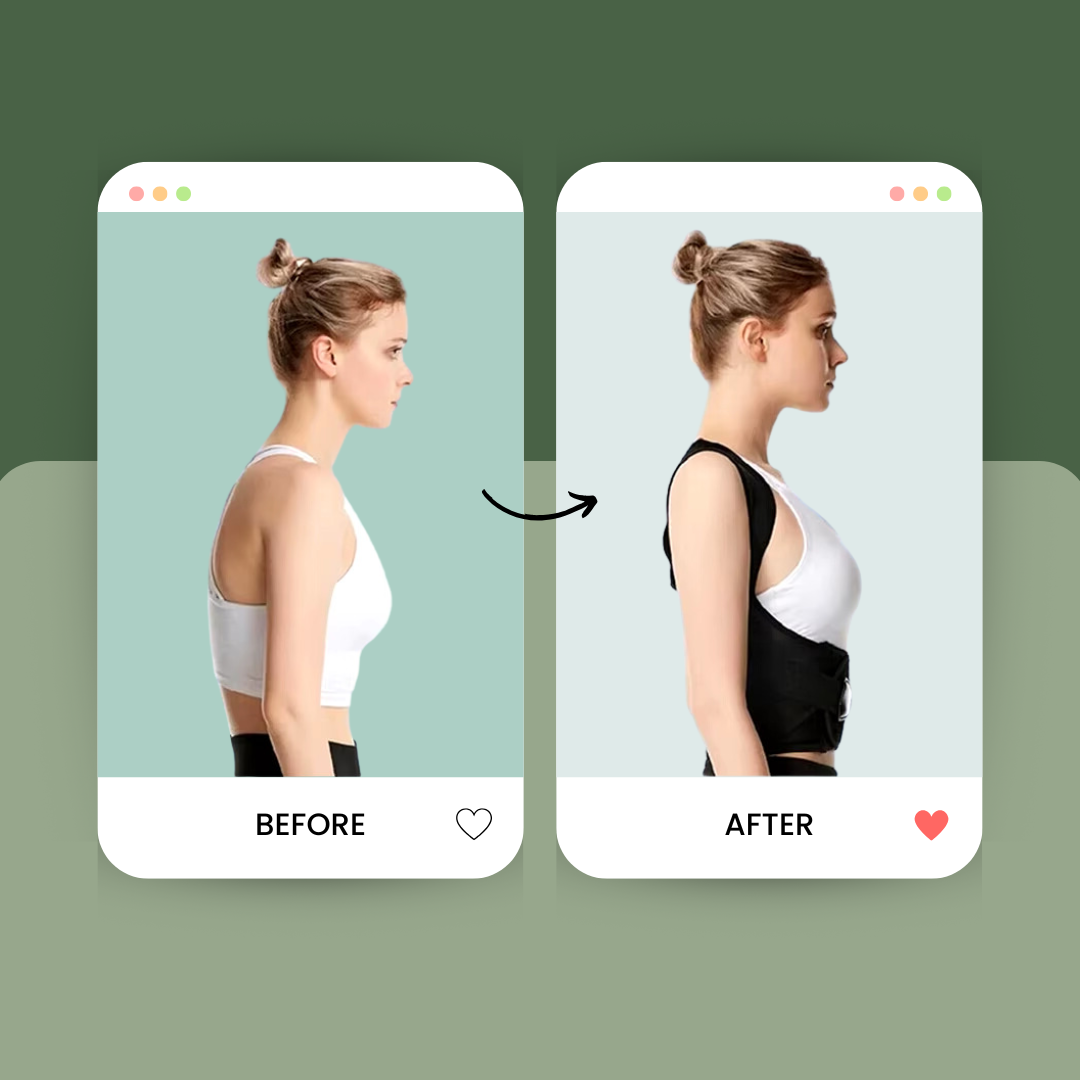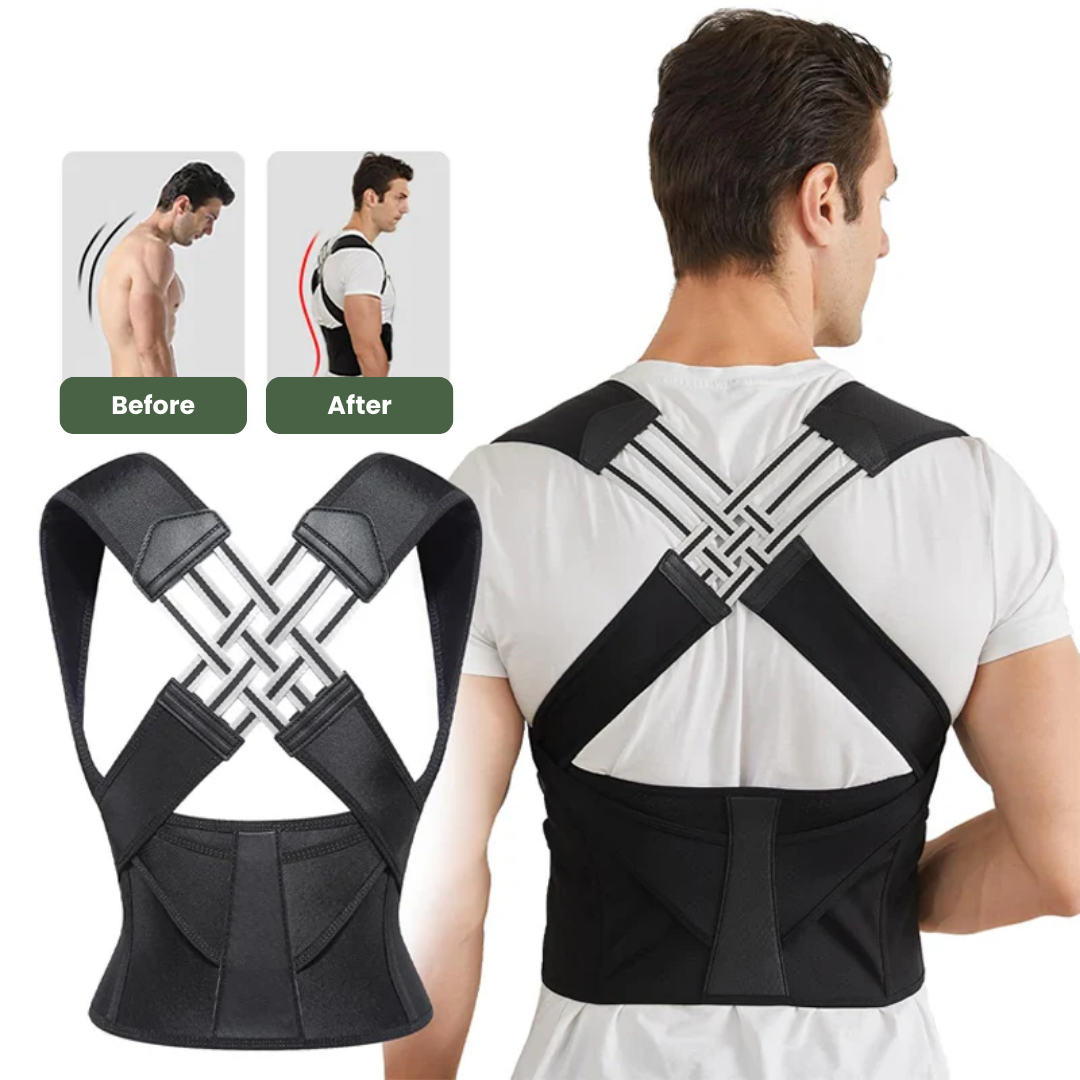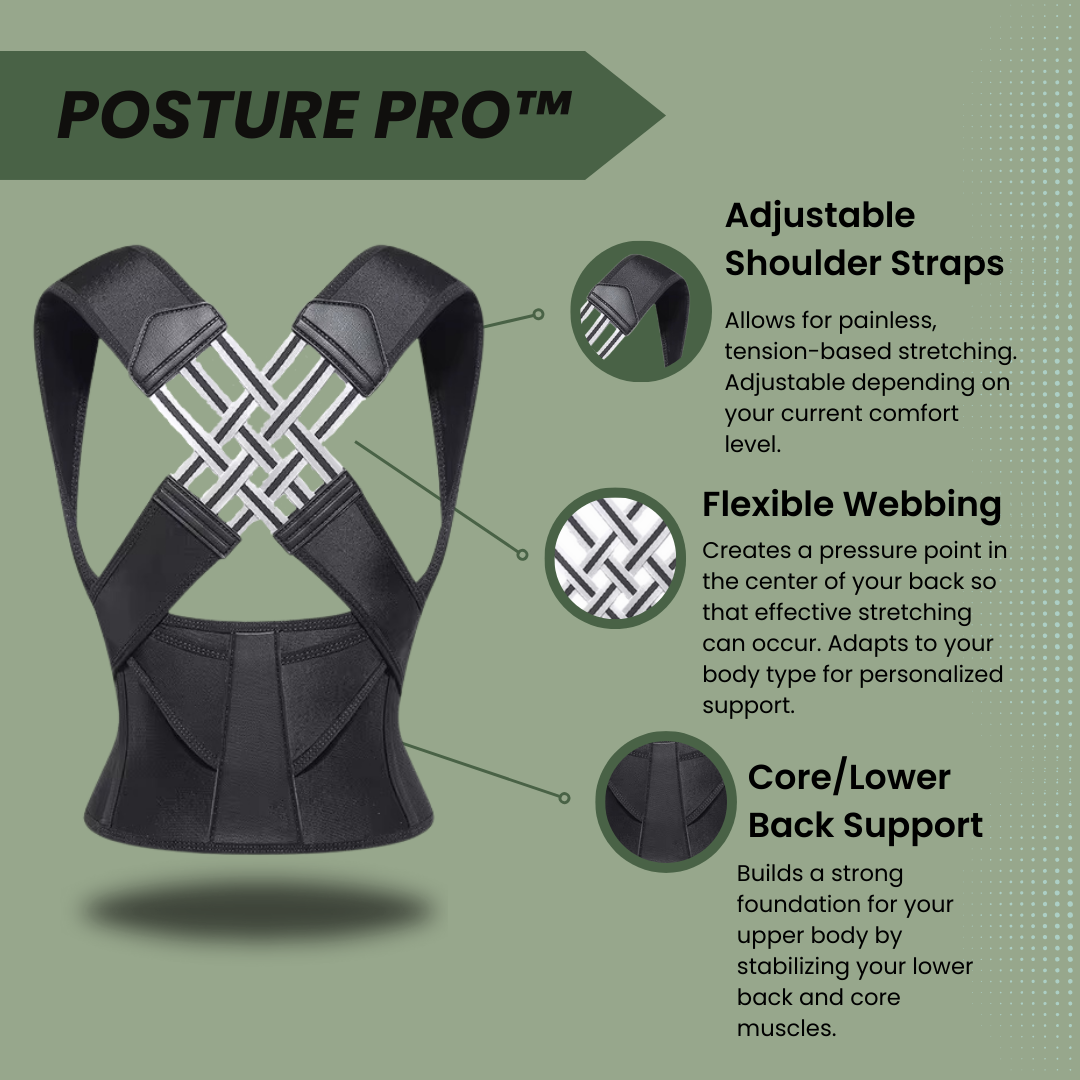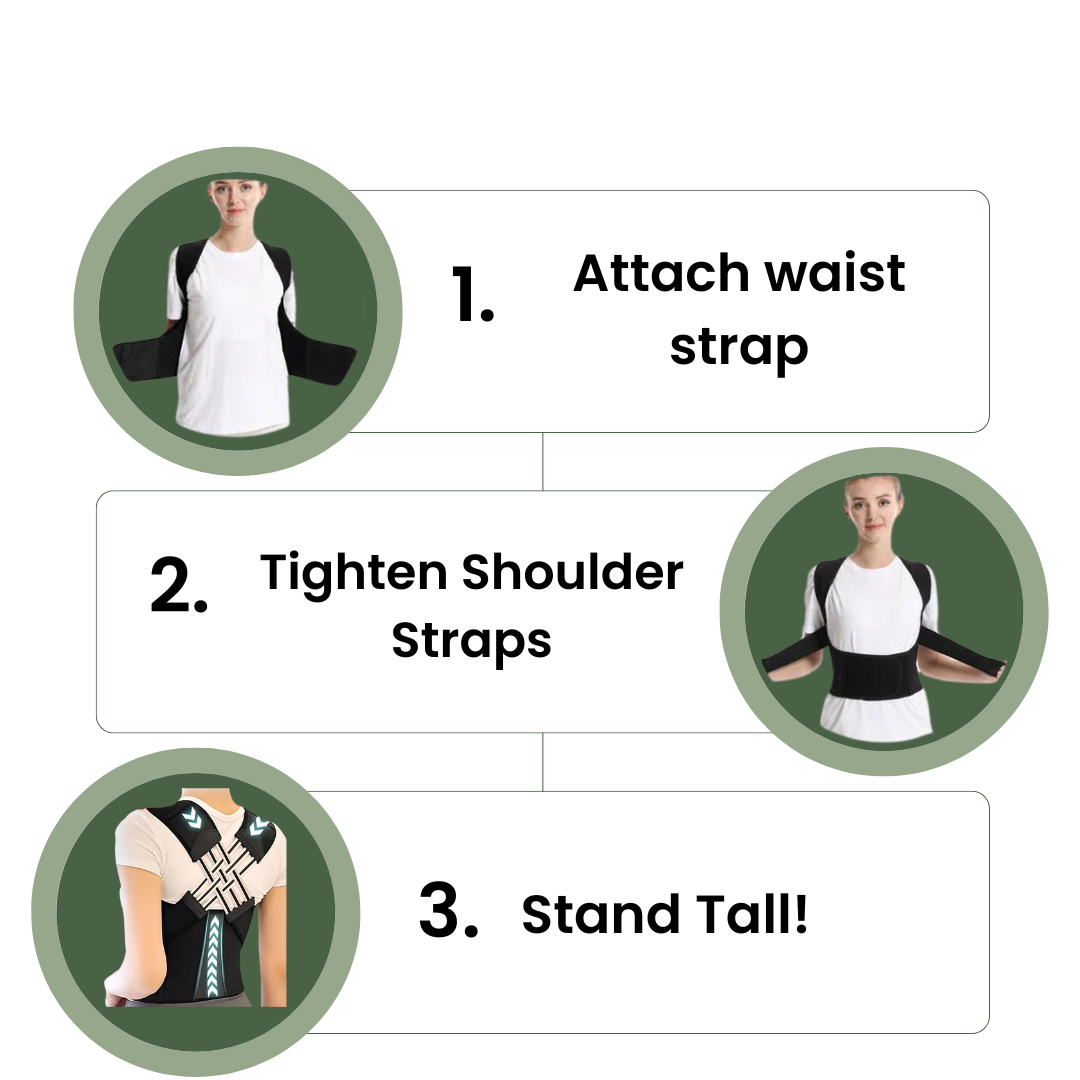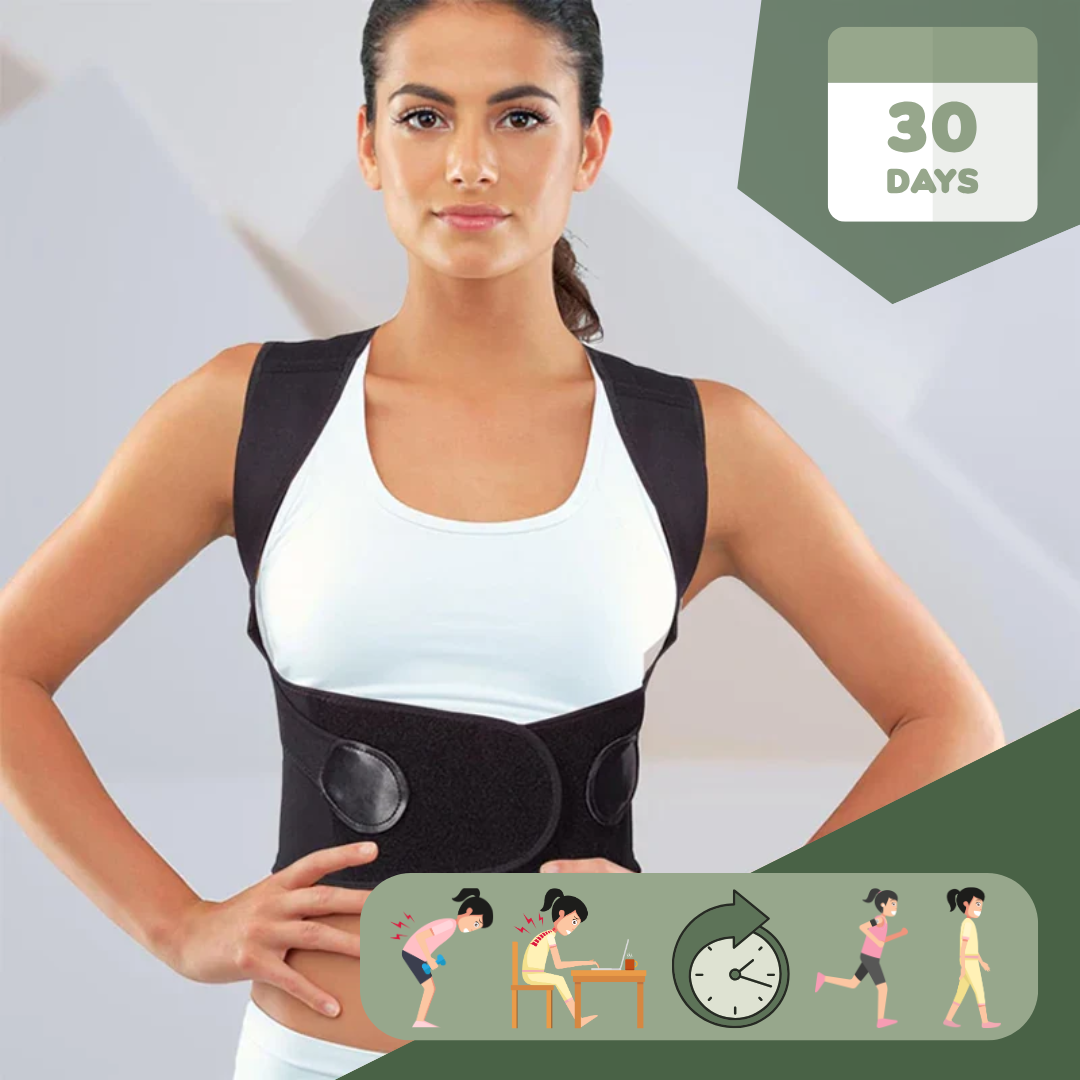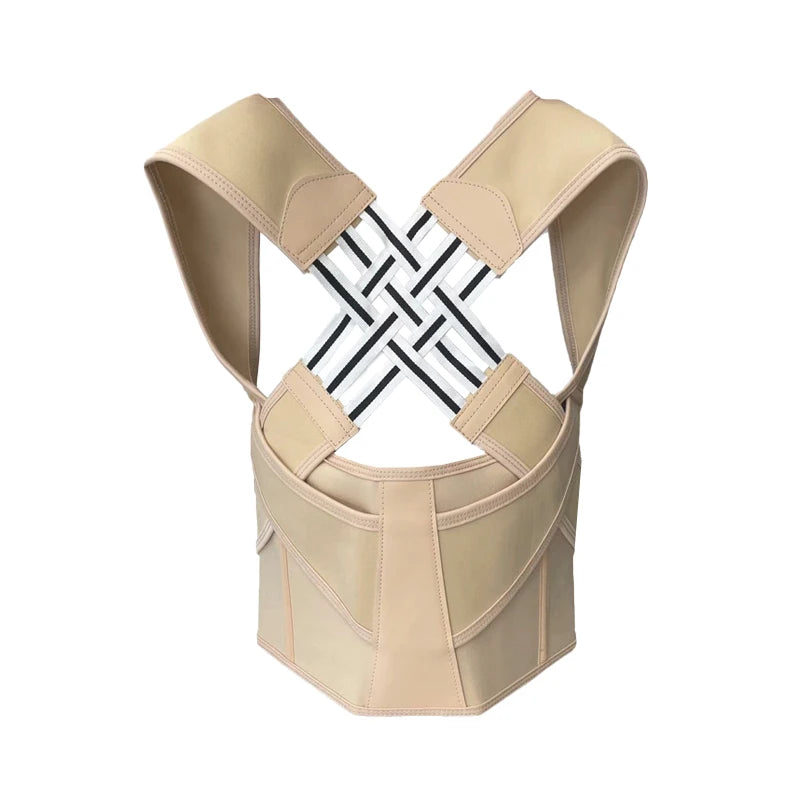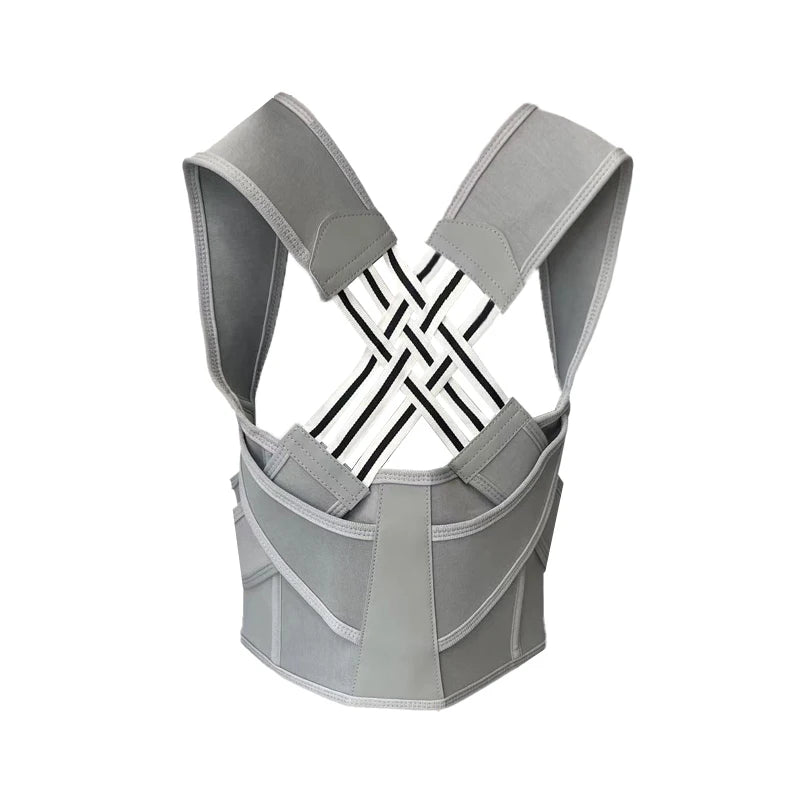Many people mix up dynamic stretching vs. mobility drills. Dynamic stretching warms up your muscles with movement. This blog will show the difference and how each benefits your workout routine.
Keep reading to learn more!
Key Takeaways
- Dynamic stretching focuses on moving your body to increase blood flow to the muscles. This helps prepare your muscles for exercise by improving flexibility and range of motion.
- Mobility drills target joint stability, strength, and control. They improve how your joints move and reduce the risk of injury during physical activities.
- Both dynamic stretching and mobility drills are important for a complete warm-up routine. Incorporating them can enhance performance, minimize injury risks, and make workouts more effective.
- You can start with dynamic stretches like leg swings and arm circles before transitioning into mobility drills such as hip openers and ankle circles to get ready for any workout or sport.
- Understanding the differences between dynamic stretching vs. mobility drills allows you to tailor your fitness routine for better overall health, flexibility, joint stability, and injury prevention.
The Difference Between Dynamic Stretching and Mobility Drills
Dynamic stretching focuses on moving parts of your body through a full range of motion. Mobility drills improve joint function and promote fluid movements, both preparing the body for exercise but in different ways.
Definition of dynamic stretching and mobility
Dynamic stretching involves movements aimed at bringing blood flow to the muscles. These stretches occur with continuous motion rather than a static position. Mobility drills focus on improving functional movement patterns and overall body control.
They involve dynamic exercises that rock into and out of the end range of the joint, promoting muscle elongation and joint mobility.
Both training methods enhance flexibility and range of motion, but they differ in approach. Dynamic stretching typically helps prepare muscles for activity through active motions. In contrast, mobility drills target joint stability, improve strength, and reduce injury risk while enhancing limb range of motion during workouts.
How they differ
Dynamic stretching and mobility drills both involve movement, but their focus differs. Dynamic stretching aims to increase blood flow to the muscles. It prepares the body for activity through continuous movements.
In contrast, mobility drills emphasize improving joint control and stability. They also enhance functional movement patterns while promoting overall body control.
The techniques vary in duration and execution. Stretching exercises often hold positions for at least 30 seconds to improve flexibility. Mobility exercises, on the other hand, require repetition as you rock in and out of a joint’s end range.
This difference highlights how dynamic stretches primarily target muscle lengthening while mobility drills concentrate on developing strength and joint range of motion.
Benefits of Dynamic Stretching
Dynamic stretching boosts flexibility and expands your range of motion. This practice enhances blood flow, preparing your muscles for an active workout.
Improves flexibility and range of motion
Dynamic stretching improves flexibility and range of motion. This type of stretching involves movements that increase blood flow to the muscles. These actions prepare your body for exercise preparation by enhancing muscle activation.
In contrast, mobility drills focus on joint control and strength through repetitive movement patterns. Both methods help athletes achieve better athletic performance while minimizing injury risks.
Flexibility exercises typically involve static positions held for at least 30 seconds. Mobility exercises require constant movement instead of remaining still. As a result, dynamic stretching and mobility drills work together to enhance functional movement patterns effectively.
Incorporating these techniques into warmup routines fosters overall fitness attributes, making workouts more productive and enjoyable.
Increases blood flow and prepares muscles for activity
Dynamic stretching boosts blood flow in the body. It involves movements that activate muscles and increase circulation. This process warms up tissues, making them more pliable for activity.
As you engage in dynamic stretches, your heart rate rises. Muscles become ready to perform at their best.
These stretching techniques improve flexibility and range of motion. They help prepare the body for various workouts, including strength training and injury prevention drills. With increased blood flow, your muscles receive vital nutrients and oxygen during exercise.
This preparation can lead to enhanced performance during physical activities.
Benefits of Mobility Drills
Mobility drills boost your functional movement. They enhance joint stability and reduce the risk of injury.
Increases functional movement
Mobility drills increase functional movement. These exercises focus on improving how your body moves in daily activities. They help you gain control over your joints and strengthen the muscles around them.
Better joint stability allows for more efficient movements, reducing the risk of injury.
Dynamic stretching and mobility drills work well together as warm-up methods. Utilizing both prepares your body for a workout or physical activity. By incorporating mobility exercises, you can enhance range of motion and overall body control during various movements.
Improves joint stability and reduces risk of injury
Mobility drills improve joint stability and lower the risk of injury. They focus on enhancing functional movement patterns. These exercises help control joints while strengthening muscles around them.
As a result, they promote better support during activities.
Engaging in mobility exercises boosts your overall body control too. Improved joint stability leads to more efficient movements. This efficiency reduces stress on joints and minimizes the chance of injuries.
Incorporating these drills into your routine helps you stay active and healthy with greater ease.
How to Incorporate Dynamic Stretching and Mobility Drills in Your Workout
To successfully add dynamic stretching and mobility drills to your workout, start with a warm-up routine. Include movements like leg swings and arm circles to get your body ready for exercise.
Tips for incorporating dynamic stretching and mobility drills
Incorporate dynamic stretching and mobility drills into your warm-up routine. Start with five to ten minutes of movement to raise your heart rate. For dynamic stretching, use exercises like arm circles or leg swings to increase blood flow to the muscles.
Focus on continuous movement rather than holding stretches for long periods.
Add mobility drills after dynamic stretching to improve functional movement patterns. Try deep squats or hip circles that emphasize joint control and strength. Perform these exercises in a repetitive manner, rocking in and out of the end range of motion.
This approach enhances flexibility and prepares your body for activity effectively. Understanding the distinction between dynamic stretching vs. mobility drills helps you maximize benefits from both types of flexibility exercises.
Sample workout routine
Dynamic stretching and mobility drills play important roles in workouts. Both help prepare your body for physical activity.
- Start with dynamic stretches such as leg swings. Swing each leg forward and backward for 10-15 repetitions. This movement improves blood flow to your legs.
- Next, perform arm circles. Make small circles with your arms for 15 seconds, then gradually increase the size of the circles for another 15 seconds. This exercise warms up your shoulders.
- Transition into walking lunges. Step forward into a lunge while keeping your back straight. Alternate legs for 10-12 lunges on each side to improve flexibility and range of motion.
- Include high knees in your routine. Jog in place while lifting knees toward your chest for 30 seconds. This action prepares your muscles for vigorous movement.
- Move on to mobility drills like hip openers. Stand and lift one knee towards your chest, hold it briefly, then extend the leg outward before stepping down. Repeat this process for 6-8 repetitions per leg to enhance joint stability.
- Add ankle mobility exercises next by standing on one foot and drawing circles with the opposite ankle for about 30 seconds in each direction. This drill increases joint control and strength.
- Perform thoracic spine rotations next to enhance upper body mobility. Sit on the floor with legs crossed and twist your torso gently from side to side, holding each twist for a few seconds, repeating this motion 5-8 times.
- Conclude the workout with gentle squats or squat holds to reinforce functional movement patterns while promoting overall body control and flexibility.
This sample workout routine helps distinguish between dynamic stretching and mobility drills effectively within a warm-up regimen suitable for varied activities or sports training sessions.
Conclusion
Dynamic stretching and mobility drills serve different purposes. Each plays a vital role in warming up your body. Dynamic stretches prepare muscles through movement, while mobility drills enhance joint control.
Both methods improve flexibility and reduce injury risk. Understanding their distinctions helps you train effectively and stay safe during workouts.
FAQs
1. What is the difference between dynamic stretching and mobility drills?
Dynamic stretching and mobility drills are both methods of preparing your body for exercise, but they serve different purposes. Dynamic stretching uses controlled movements to stretch muscles, while mobility drills focus on improving joint flexibility.
2. Why should I choose dynamic stretching over mobility drills?
The choice between dynamic stretching and mobility drills depends on your fitness goals. If you want to increase muscle flexibility before a workout or sports activity, then dynamic stretches may be more beneficial.
3. Can I combine both dynamic stretching and mobility drills in my routine?
Yes! Incorporating both techniques can provide a comprehensive warm-up routine by enhancing muscle flexibility with dynamic stretches, while improving joint movement through mobility exercises.
4. How can understanding this distinction improve my workout performance?
By understanding the difference between these two techniques, you can tailor your pre-workout routines based on what each method offers - improved muscle elasticity from dynamic stretches or better joint function via mobility exercises.



